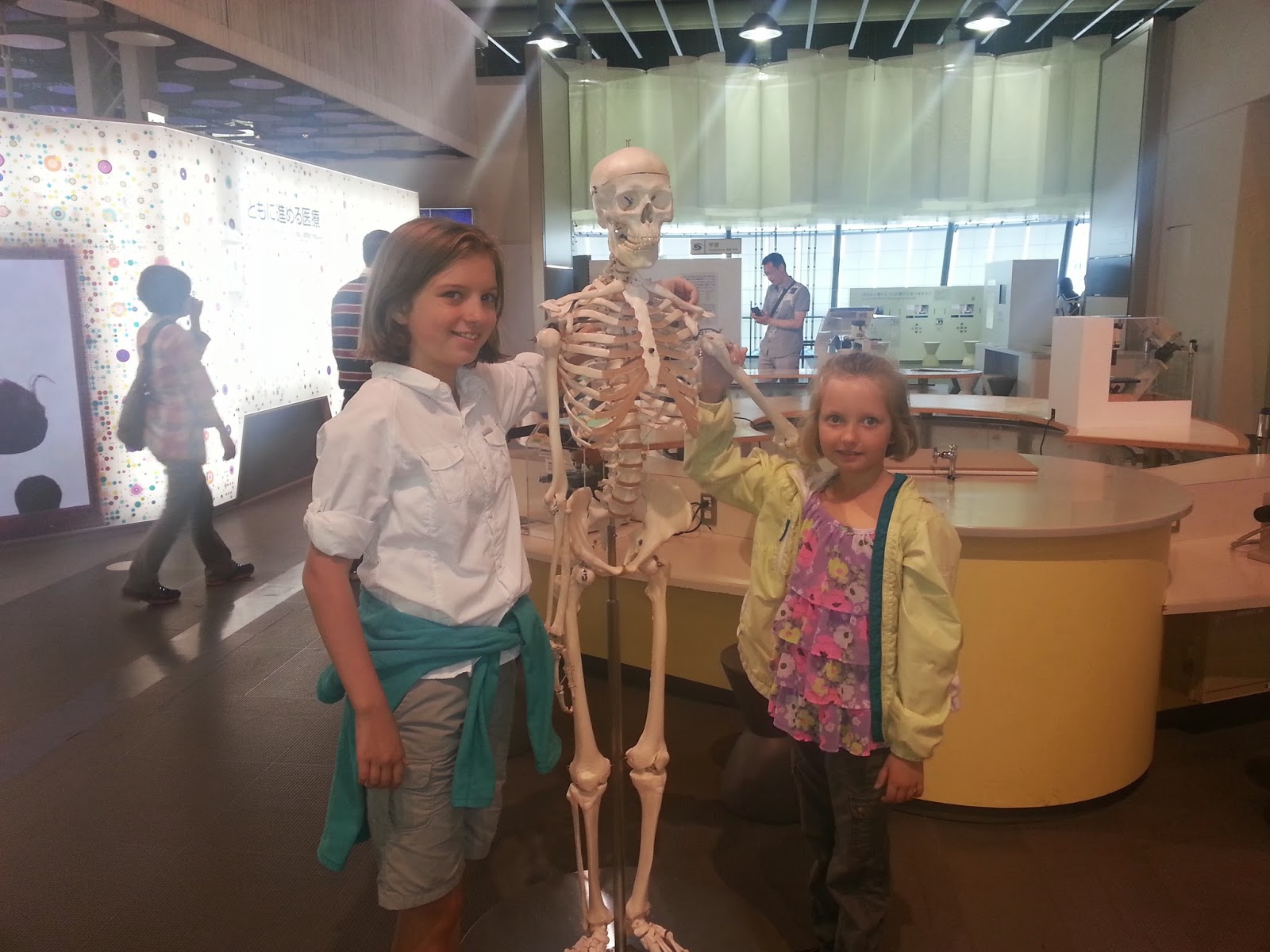 |
| Mark in front of Naiku |
Ise (e-say) was high on his list because it's the home of Japan's most sacred Shinto shrine--called Ise-jingu, which dates back to the 3rd century. (The Shinto religion itself dates back to 500 BC.) For Shinto practitioners, this is the "holiest" place in the world for them and where one makes pilgrimage. Mark's analogy was that it's what Mecca is to Islam, and what Jerusalem is to Christianity and Judaism.
 |
| Naiku: Shinto ritual being watched by the crowd |
Ise-jingu has two parts. We went to Geku (the outer shrine) right after stashing our bags at the ryokan. We headed to Naiku (the inner shrine) the next day.
One of the most interesting things about this place is that all buildings associated with the shrine are rebuilt every 20 years. The current buildings (which are being disassembled now) are right next to the new buildings (which are now in use). They have been built exactly the same way over the centuries without any nails. A few reasons for this:
 |
| Tree huggers (pushers?) at Naiku |
- Kami (spirits) are attracted to what's new, clean and pure. The older buildings look--old--so they need to be replaced in order to continue attracting goodness.
- Craftsmen are respected here, and by rebuilding every 20 years, traditions and ways of building can be passed down from generation-to-generation. If they waited 50 years, the skill might be completely lost.
 |
| Our room at the ryokan |
Where We Stayed
 |
| Tired after a full day of walking |
The toilets and bathing areas are communal--shared with other guests. We're getting used to this and haven't had any difficulty at all. We especially love the western toilets throughout Japan -- heated seats and all kinds of features that we don't have at home. But that's another blog post for another time...
 |
| Screen to the porch at sunset |
We had an amazing lunch and dinner experience in Ise. We went to a pub for dinner--no English menus or photos of the food, so we were totally guessing about what we were ordering and how much of it. The food just kept on coming -- sashimi, sushi, pork, miso and salad. It was so good, but actually started hoping that the food being brought out from the kitchen was going to another table (which was never the case). We amused the locals and continue to learn new lessons every day.
After our day at Naiku, we hopped a few trains that would take us to Kyoto, where we'll stay for the next six days. Looking forward to being in one spot for a while -- and also realizing that we're at the halfway mark of our trip.












.jpg)










